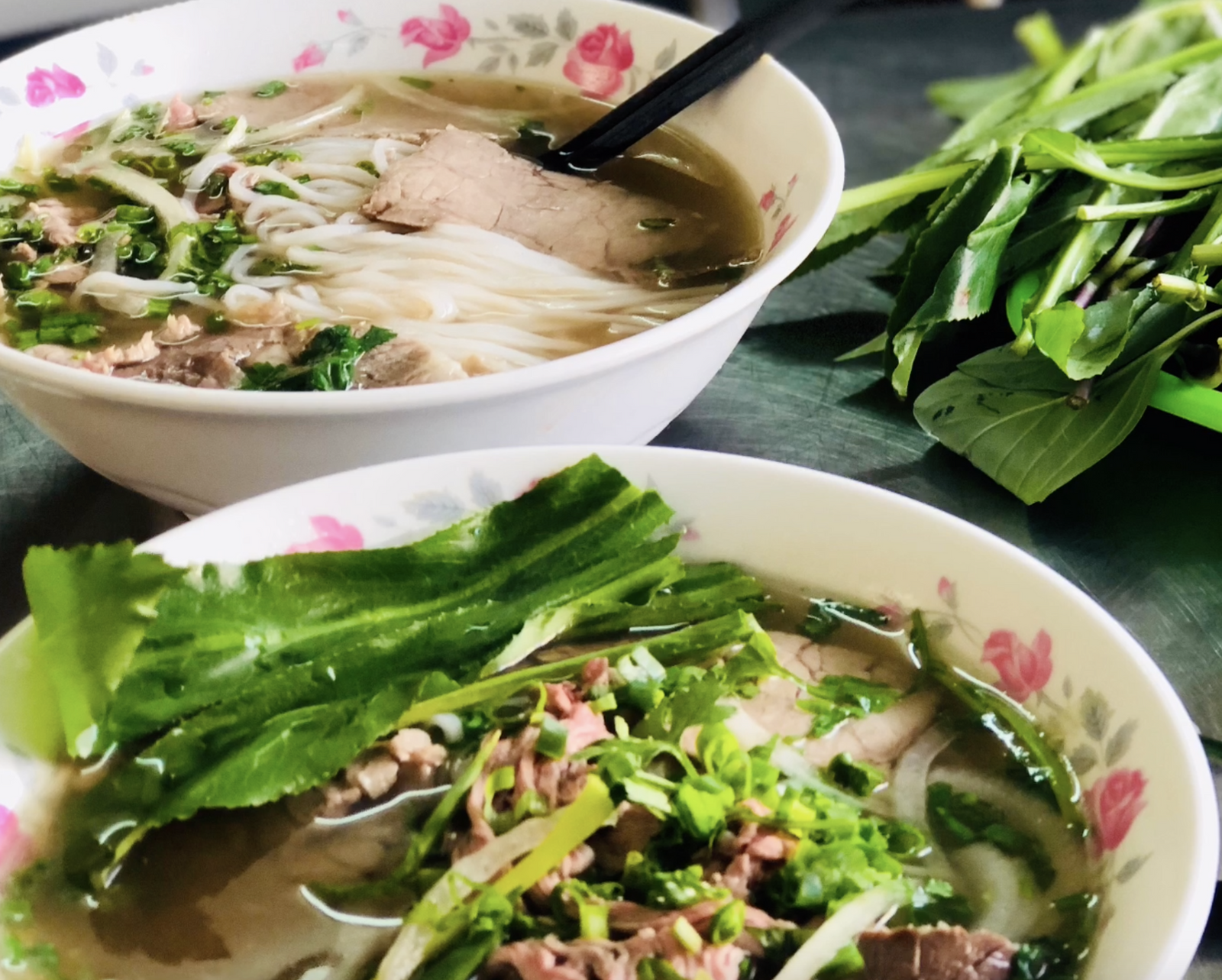ETHICAL CURATED LIFESTYLE STORE.
ETHICAL CURATED LIFESTYLE STORE.
Women
JEWELLERY
Homewares
SHOP BY BRAND OR LOCATION
Shop By Gift Guides

Why Vietnamese food is the best in Asia
October 04, 2019 3 min read
Why Vietnamese food is the best in Asia
For many years now, tourists have flocked to South East Asia – but they’ve traditionally concentrated on Japan (for its history – and technology) and Thailand (for its party culture). But more recently, with the memory of the tragic war receding, Vietnam is quickly emerging as a destination for more than just hardcore travellers.
Locations such as the otherworldly Halong Bay (now designated a World Heritage Site) and the historic citadel of Hue are increasingly popular on platforms like Instagram. As a result, a record number of visitors from abroad are seeing them for themselves each year.
That said, it’s fair to say that some of the most memorable experiences holiday-makers remember upon their return aren’t sights at all – but flavours. It seems, with Pho bars opening in many of the world’s more cosmopolitan cities, that Vietnamese cuisine is a regional secret no longer.
The basics
One of the surprising things (to foreigners, at least) about the country’s food culture is that it’s had guiding principles from ancient times. Based on the Chinese Wuxing (Five Elements), in practice this means each dish is expected to appeal to all five senses – taste and aroma (obviously), touch (mouthfeel), sight (presentation), and sound (crispness). What’s more, many dishes strive to include (and balance) five types of flavour – spicy, salty, sour, sweet and bitter.
Less philosophically, there are also a few features which Vietnamese cooks pride themselves on. It’s important that ingredients are as fresh as they can be – and this sometimes means they’re also cooked as little as possible (or eaten raw). Sauces derived from fish, prawn and lime are common (as is the regional favourite, soy sauce). Meanwhile, common flavourings include black pepper, shallots and garlic.
Regionally, there are natural variations enforced by climate and geography. Northern Vietnam supports less spice growth or cattle-rearing, so dishes are milder with an emphasis on freshwater ingredients such as fish, mollusc and crab. Central Vietnam turns up the heat with plentiful chillies and other spices. And, since the region hosted the royal court, expect dishes to be sophisticated and decorative. Lastly, in Southern Vietnam, bounteous fruit and vegetables have created a taste for sweeter recipes, with coconut milk, fresh herbs and seafood among the popular choices.
Top dishes – the taste of Vietnam
Like any country with such a depth of history, Vietnamese cuisine is far too varied to do justice to here. But we can offer a taster menu of some of the country’s signature dishes:
Bánh mì
This fusion of French and Vietnamese cuisine reflects the difficult time of the country’s colonisation, but it remains one of the happier results now peace and independence have been restored.
It’s a sandwich which sees a baguette (often made with both wheat and rice flour) filled with meat, accompanied by pickled carrot, shredded radish, cilantro and mayonnaise. Other variations to try include rousong (pork floss – dried and shredded), the vegetarian tofu or seitan (wheat gluten), or the breakfast option (incorporating egg, onion and soy sauce).

Gỏi cuốn
Also known as ‘summer rolls’, these rice paper wraps incorporate various combinations of fresh regional vegetables plus meat, seafood, tofu or egg. Typical flavourings include ground peanut or chilli powder.
They are often served as starters, with a dipping sauce in which the main flavour is usually provided by fish, peanut, chilli or soy sauce.
Pho
Very much the national dish (and the one which has caught on the most internationally – so far), Pho is a rice-noodle broth which comes in two major styles – from the cities of Hanoi (Pho Bac) and Saigon (Pho Nam).
Pho Bac tends to be relatively meatier, and employs green onion (scallions), while Pho Nam puts more emphasis on herbs and beansprouts. Beef and chicken are the most common meats used to flavour the stock.
Chè
This popular sweet can be served as a beverage or a soup-like pudding.
Because it’s more a category than a particular dish, the variation in ingredients used is vast – from sugar palm to coconut cream, lychee to jackfruit, lotus seed to cassava. Beans and glutinous rice are usually involved to give the sweet mixture a pleasing consistency.
Going deeper
Hopefully, this modest menu will lead you ever deeper into one of South East Asia’s greatest cultural treasures. Travelling through Vietnam, you’ll encounter countless other delicious meals – unique takes on congees, dumplings, pancakes and pastries are among many delicacies there simply wasn’t room for in a quick introduction. Thankfully, these other dishes will be your pleasure to discover.
Leave a comment
Comments will be approved before showing up.
Subscribe
Sign up to get the latest on sales, new releases and more …

